Summer is perfect for being active outdoors and grilling some healthy items for cookouts. Getting together with family and friends is a wonderful way to spend a weekend afternoon and evening. Unfortunately, some barbecues can turn into really unhealthy meals quickly. Here are some simple tips to ensure you keep up healthy eating while enjoying a cookout. 
- Better your burger. Consider topping your burger with fresh and flavorful veggies such as onions and tomatoes versus higher-fat options like mayonnaise and cheese. Also, grab a whole-wheat bun to increase the fiber, or a sandwich thin to keep calories lower. Seek out lower-fat ground beef to make your burgers, such as Laura’s Lean Beef, or grab a turkey burger or a plant-based burger to grill.
- Select sides wisely. Coleslaw, potato salad, and macaroni salad are typical staples of most cookouts. However, these mayonnaise-based options are loaded with fat and calories that aren’t necessarily the best for a balanced plate. Choose a serving the size of a tennis ball to keep portions in check, or choose oil-and-vinegar or yogurt-based dishes if available.
- Fill up on fruit. This time of year is full of almost every fruit in its peak season. Load up on filling berries, cherries, and melons. Make a giant fruit salad or kabobs, or toss some peaches or pineapple on the grill and top with nonfat vanilla yogurt. If fruit pies are on the menu for dessert, choose the option with a bottom crust only and stick to one slice!
- Don’t forget the veggies. A lot of times veggies are completely forgotten at a barbecue, but these can be super tasty and easy to fix when done on the grill. Zucchini, squash, eggplant, mushrooms, and peppers are great on the grill and can easily be made into fun kabobs. Corn on the cob is technically a starchy vegetable, but it’s still a vegetable! Just be cautious with the amount of butter and salt that you load on top of it. Instead, try grilling it in foil with a touch of olive oil and squeeze a lime on it before eating. You won’t even miss the butter and salt!
- Be careful not to burn your meat. Two compounds found in charred and overcooked meats are known carcinogens. Always make sure to clean your grill to get rid of preexisting charred food bits before you start grilling, or grill on top of foil or a grill mat. Another great idea is to marinate your meats before throwing them on the grill. Not only will it increase the flavor, but it can reduce the presence of the carcinogens. Grab a meat thermometer and make sure beef, pork, fish, veal, and lamb reach 145 degrees and poultry reaches 165 degrees.
- When you are finished, go play. Challenge the kids to a game of cornhole or horseshoes. Start tossing the ball around or choose another outdoor game. The point is to not just to jump around and “burn off” dinner, but to get up and moving and away from the tempting chips and other snacks!
This blog was written by Angie Scheetz, RD. To find out more about the NIFS bloggers, click here.

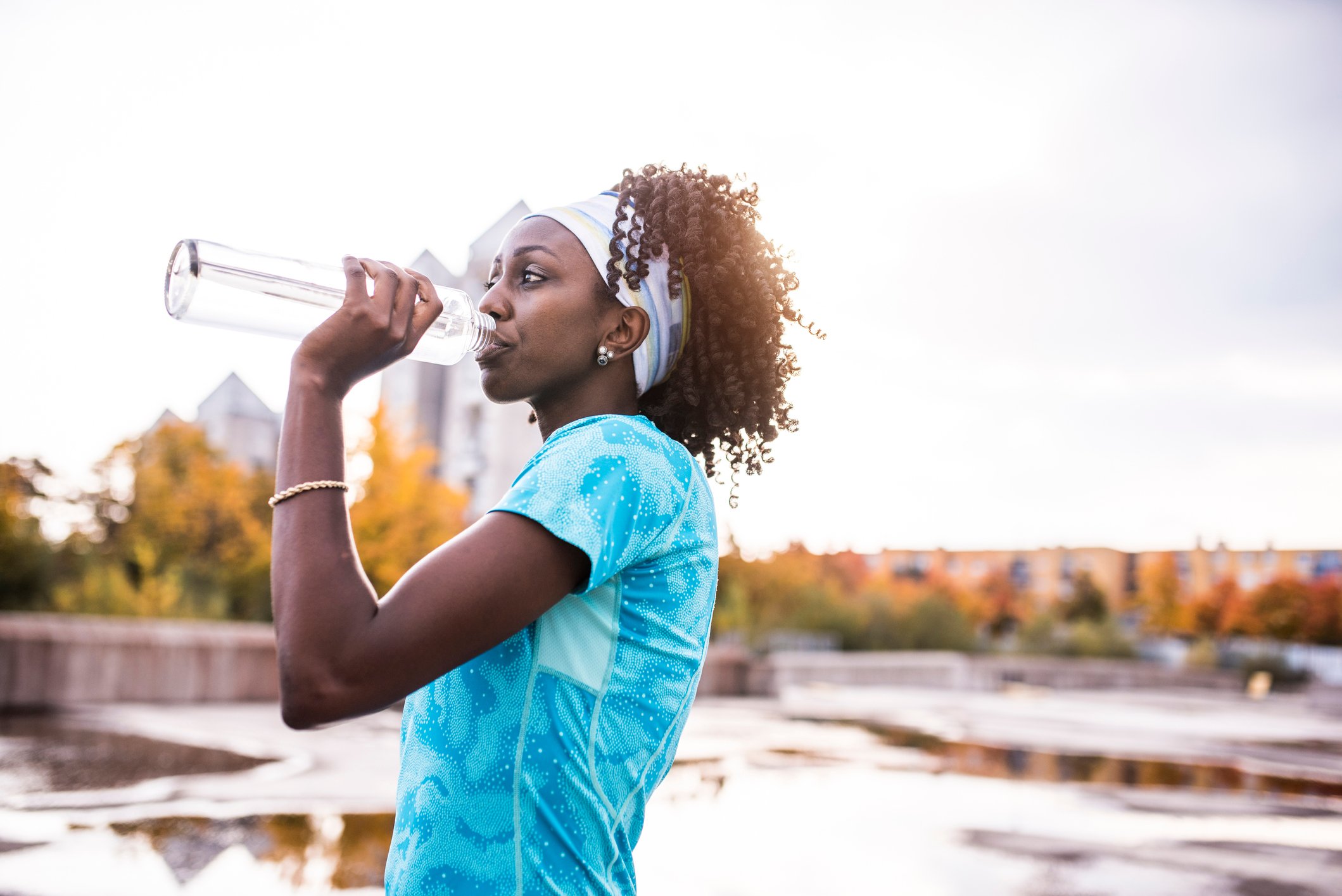 Did you know the human body is composed of about 50 to 60 percent water? Throughout the day, your body uses and loses fluid by way of natural body processes such as sweating, breathing, creating saliva, making and excreting urine, and having bowel movements. Losing more water than you consume can quickly lead to dehydration, which typically presents as excess thirst, headache, dizziness, weakness, digestion problems, and/or nausea. These symptoms typically resolve once you rehydrate your body.
Did you know the human body is composed of about 50 to 60 percent water? Throughout the day, your body uses and loses fluid by way of natural body processes such as sweating, breathing, creating saliva, making and excreting urine, and having bowel movements. Losing more water than you consume can quickly lead to dehydration, which typically presents as excess thirst, headache, dizziness, weakness, digestion problems, and/or nausea. These symptoms typically resolve once you rehydrate your body.
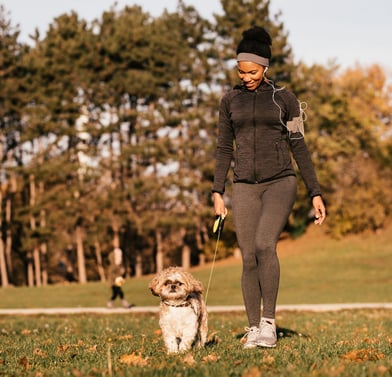 We have all heard the old sayings about fresh air and how it affects your well-being. It usually comes in the form of sage advice and sounds like something you can take with a grain of salt, but is there truth to this advice? There are times in our lives when we might not even see the sun, whether it’s because of our careers, lifestyles, or by choice. Although these reasons may have validity, there is some very good research that supports outdoor activities as a viable way to improve your overall health.
We have all heard the old sayings about fresh air and how it affects your well-being. It usually comes in the form of sage advice and sounds like something you can take with a grain of salt, but is there truth to this advice? There are times in our lives when we might not even see the sun, whether it’s because of our careers, lifestyles, or by choice. Although these reasons may have validity, there is some very good research that supports outdoor activities as a viable way to improve your overall health. The glorious return to summer is upon us, and if you are like me, you will be spending as much time as possible soaking up sunshine as you take your leisure outdoors, take up hobbies in the yard and garden, and engage in group fitness bootcamp classes in the park. The sunshine feels good and has many benefits, including mood enhancement, vitamin D production, and even treatment for a number of skin conditions such as psoriasis and acne. There are, however, some dangers associated with extended sun exposure that can be limited with the use of sunscreen, most notably skin cancer.
The glorious return to summer is upon us, and if you are like me, you will be spending as much time as possible soaking up sunshine as you take your leisure outdoors, take up hobbies in the yard and garden, and engage in group fitness bootcamp classes in the park. The sunshine feels good and has many benefits, including mood enhancement, vitamin D production, and even treatment for a number of skin conditions such as psoriasis and acne. There are, however, some dangers associated with extended sun exposure that can be limited with the use of sunscreen, most notably skin cancer.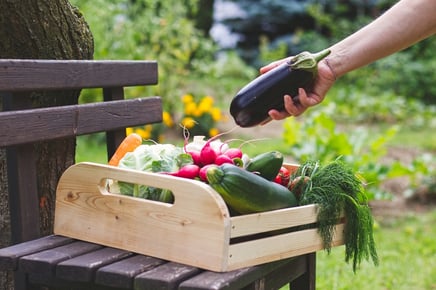 It is important to get in the nine recommended servings of fruits and veggies each day. This can definitely be challenging. However, in the summertime when produce is readily available all over the country, this is the time to make it a priority to reach that goal! These fruits and veggies are also at their nutrient peak, which is more reason to load up and fill your plate with these colorful items!
It is important to get in the nine recommended servings of fruits and veggies each day. This can definitely be challenging. However, in the summertime when produce is readily available all over the country, this is the time to make it a priority to reach that goal! These fruits and veggies are also at their nutrient peak, which is more reason to load up and fill your plate with these colorful items! It only comes around once a year, so why not just indulge, right? Well, some of
It only comes around once a year, so why not just indulge, right? Well, some of 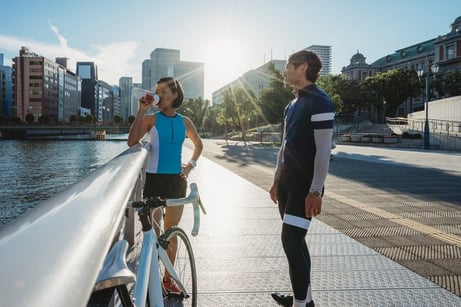 We’ve waited for this time for months, where there is no more snow and plenty of sunshine. Long days of outside fun, no kids in school, road trips and vacations—what more could we ask for?
We’ve waited for this time for months, where there is no more snow and plenty of sunshine. Long days of outside fun, no kids in school, road trips and vacations—what more could we ask for?
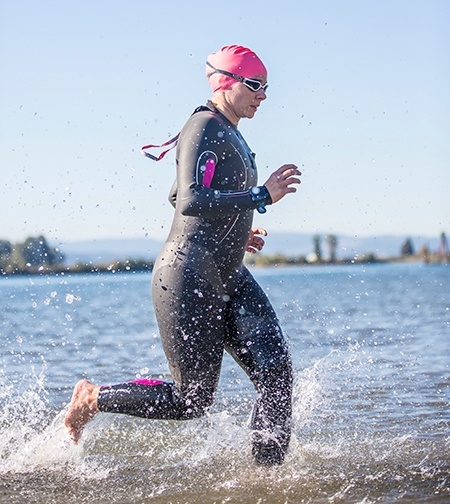 There are so many different types of races out there to challenge yourself with this summer. Maybe you are signed up for a
There are so many different types of races out there to challenge yourself with this summer. Maybe you are signed up for a 
 One of my favorite things to do once it’s summer in Indiana is visit the various farmers’ markets around town. As a dietitian, I’m a sucker for the fresh
One of my favorite things to do once it’s summer in Indiana is visit the various farmers’ markets around town. As a dietitian, I’m a sucker for the fresh  Fluid (mainly
Fluid (mainly